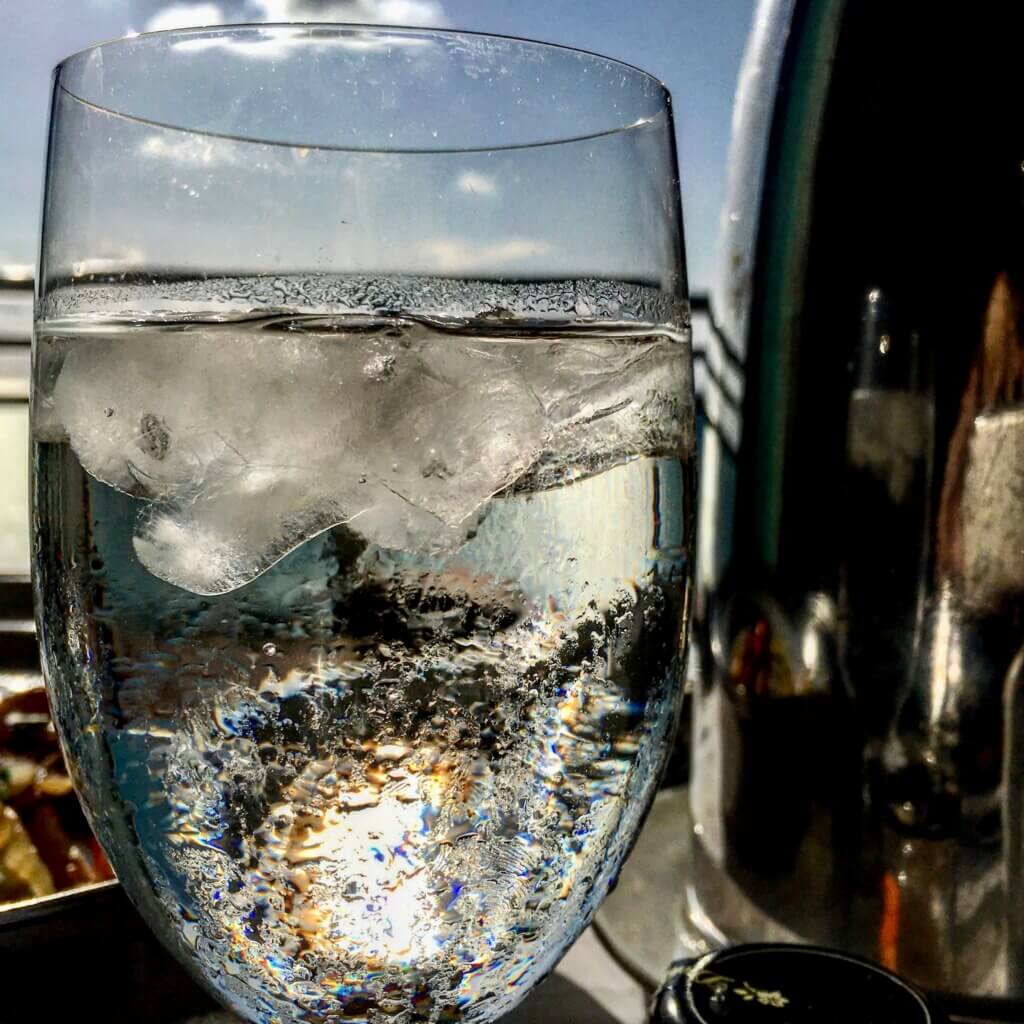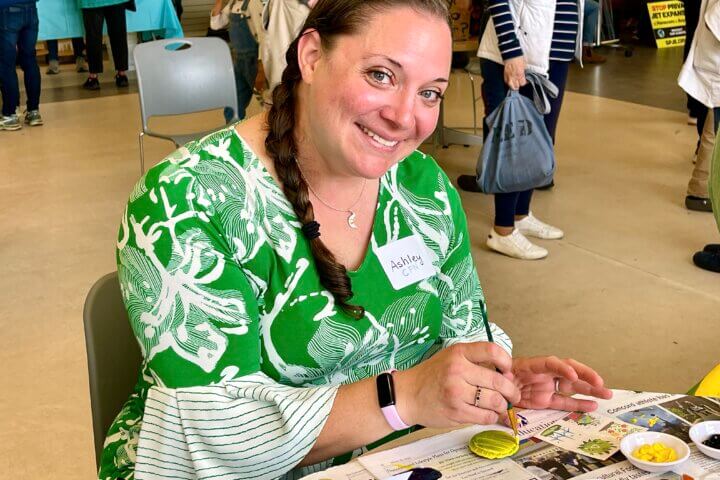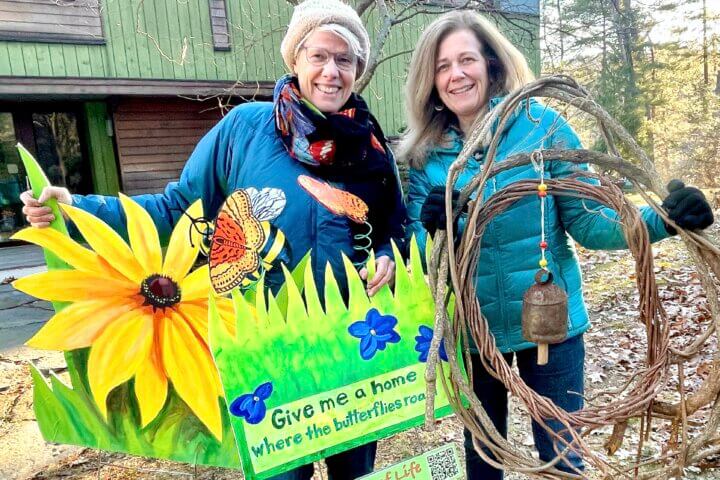Ubiquitous and forever – two words no one wants to hear about dangerous chemicals in drinking water.
The two words pop up frequently in conversation with Alan Cathcart, director of Concord Public Works. Perfluoroalkyl and polyfluoroalkyl substances, man-made chemicals known as PFAS, are in the public drinking water supply in many communities — including Concord.
The most recent measurements, taken in 2022 and 2023 in Concord, showed levels below 10 parts per trillion, or ppt — below the state-advised limit of 20 ppt.
The goalpost has changed. The U.S. Environmental Protection Agency has found that negative health effects are possible with concentrations near zero.
The chemicals have been used in firefighting foams and in consumer products such as fabrics, food packaging and cookware, according to the Massachusetts Department of Environmental Protection.
People working in with or living near PFAS-producing facilities, pregnant and lactating women and children have the highest risk of exposure, according to the EPA. Risks can include cancers, developmental delays, decreased immune system, hormone interference and increased cholesterol levels and/or risk of obesity.
Water suppliers have been tracking PFAS “for quite some time,” said Cathcart, a 30-year member of the state Safe Drinking Water Act Advisory Committee. “At the end of the day, we are still trying to understand what is an appropriate response.”
“We are hopeful that the community will realize a knee-jerk reaction to this problem is not in our best interest,” he said.
Fixing the problem is not easy. Treatment will cost hundreds of thousands, if not millions, per source.
Whatever technology is used could become obsolete as testing improves and lower levels of more chemicals are detected, he said: “We’re staying abreast of this evolving process.”
The EPA is in the process of setting new standards for the Safe Drinking Water Act, which Cathcart expects may be out by the end of 2024.
“PFAS is a moving target when it comes to regulatory controls. It is only a matter of time when impacts on [the] environment will be considered,” he wrote in a follow-up email.
Water suppliers are discussing regional solutions. Providers in the MetroWest area have considered regionalizing and partnering with the Massachusetts Water Resources Authority, which has water with only traces of PFAS.
The cost for any changes will largely be on the local community, Cathcart said.
Efforts to collect money from manufacturers are underway. In June, 3M reached a $10.3 billion settlement to be used for testing and cleanup of public water supplies across the country over 13 years, according to The New York Times.
Preventing PFAS from entering the water supply is key. Concord is in good shape because there are no point sources,a single, identifiable source of pollution, for the chemicals, said Senior Environmental and Regulatory Coordinator Melissa Simoncini from Concord Public Works.
The Concord Fire Department does not use any products with PFAS, Cathcart said.
Home filtration systems that reduce PFAS levels are available. Maintaining them as recommended and purchasing one that is NSF-certified for PFAS is key, Simoncini said.
Not all bottled water is PFAS-free, Cathcart said.
Lead in the water is another concern that will be expensive for Concord to deal with, Cathcart said.
With a $165,850 grant from the Drinking Water State Revolving account, the water and sewer division is working on the inventory, plan and construction documents. All lead service lines are scheduled to be removed and replaced within five years, Simoncini wrote in an email.
The aging infrastructure and stormwater issues are other challenges facing the CPW, Cathcart said.
“We’ll keep the community posted on this,” Cathcart said.
Visit www.concordma.gov/lead or call the Water and Sewer Division at 978-318-3250 with questions.





